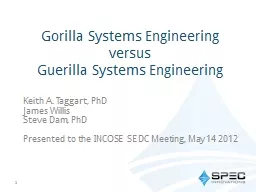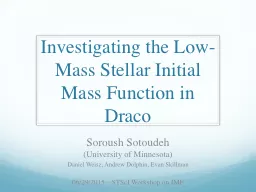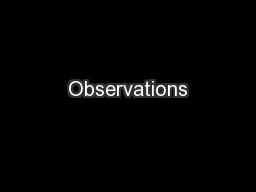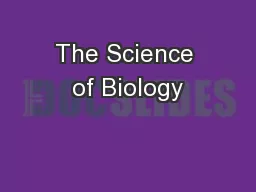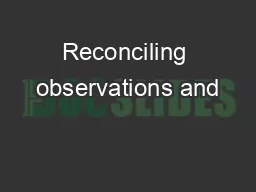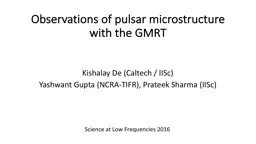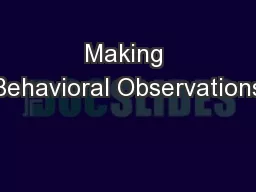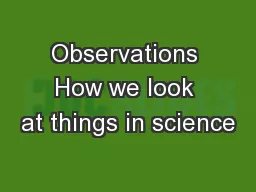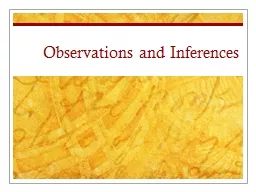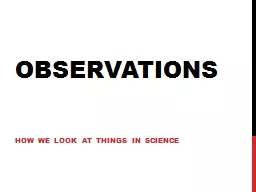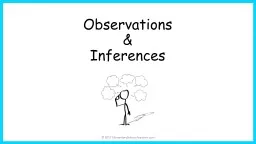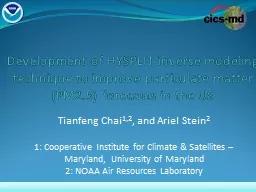PDF-CLASS153 Observations
Author : susan2 | Published Date : 2021-10-09
A Quick Guide for Child Care Directors and School LeadersEarly learning programs that accept public funding to serve children birth to preK will participate in classroom
Presentation Embed Code
Download Presentation
Download Presentation The PPT/PDF document "CLASS153 Observations" is the property of its rightful owner. Permission is granted to download and print the materials on this website for personal, non-commercial use only, and to display it on your personal computer provided you do not modify the materials and that you retain all copyright notices contained in the materials. By downloading content from our website, you accept the terms of this agreement.
CLASS153 Observations: Transcript
Download Rules Of Document
"CLASS153 Observations"The content belongs to its owner. You may download and print it for personal use, without modification, and keep all copyright notices. By downloading, you agree to these terms.
Related Documents


